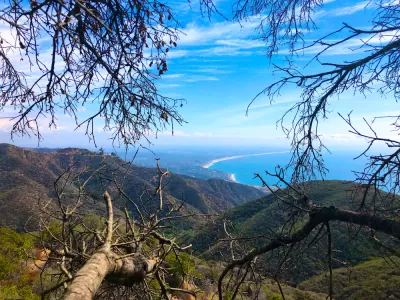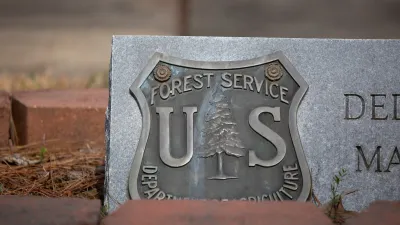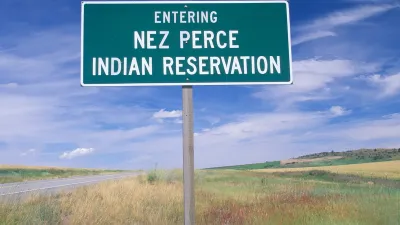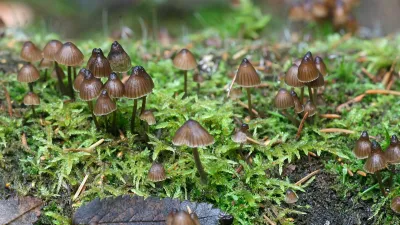The Los Angeles City Council recently approved an ordinance giving the Santa Monica Mountains Conservancy first right of refusal to purchase any surplus hillside land owned by the city so it can be preserved.

A few weeks ago, the Los Angeles City Council voted unanimously to approve an ordinance to ensure that the Santa Monica Mountains Conservancy (SMMC) have the first right of refusal on hillside land sale offers for conservation at the City of Los Angeles’ purchase price plus any administrative and management costs incurred by the City. After two years, SMMC will have an additional re-offer option if the land sale is not completed and is offered again to new buyers.
In 2008-2009, Los Angeles Mayor Antonio Villaraigosa initiated the “Own A Piece of LA” program to itemize, account for, and offer undevelopable slivers of city surplus land and/or remnant parcels to adjoining neighbors since they are deemed incapable of independent development and can only be of use to adjacent property owners. However, with advanced engineering innovations in recent decades, development in sensitive ecological areas has increased, resulting in the fragmentation and degradation of essential remaining wildlife habitat connectivity and corridors, particularly in the Santa Monica Mountains Zone which is home to the Southern California subpopulation of the Mountain Lion. Local mountain lions are now a “candidate” species under consideration for listing as “threatened” under the California Endangered Species Act (CESA) by the California Department of Fish and Wildlife (CDFW).
Los Angeles is located in a global biodiversity hotspot called the California Floristic Province, which means that it includes over 1,500 endemic plant species, that at least 70 percent of the area’s original habitat has been lost, and that the rest is endangered by human activities. Much of the remaining biodiversity within Los Angeles is located in the mountains and hillsides. Plants and animals need these interconnected ecosystems to continue to exist and flourish within this urban context and this biodiversity hotspot is jeopardized by increased development and habitat fragmentation.
FULL STORY: City hopes to preserve more hillside land for conservation

Study: Maui’s Plan to Convert Vacation Rentals to Long-Term Housing Could Cause Nearly $1 Billion Economic Loss
The plan would reduce visitor accommodation by 25,% resulting in 1,900 jobs lost.

North Texas Transit Leaders Tout Benefits of TOD for Growing Region
At a summit focused on transit-oriented development, policymakers discussed how North Texas’ expanded light rail system can serve as a tool for economic growth.

Why Should We Subsidize Public Transportation?
Many public transit agencies face financial stress due to rising costs, declining fare revenue, and declining subsidies. Transit advocates must provide a strong business case for increasing public transit funding.

How Community Science Connects People, Parks, and Biodiversity
Community science engages people of all backgrounds in documenting local biodiversity, strengthening connections to nature, and contributing to global efforts like the City Nature Challenge to build a more inclusive and resilient future.

Alabama: Trump Terminates Settlements for Black Communities Harmed By Raw Sewage
Trump deemed the landmark civil rights agreement “illegal DEI and environmental justice policy.”

Dear Tesla Driver: “It’s not You, It’s Him.”
Amidst a booming bumper sticker industry, one writer offers solace to those asking, “Does this car make me look fascist?”
Urban Design for Planners 1: Software Tools
This six-course series explores essential urban design concepts using open source software and equips planners with the tools they need to participate fully in the urban design process.
Planning for Universal Design
Learn the tools for implementing Universal Design in planning regulations.
City of Santa Clarita
Ascent Environmental
Institute for Housing and Urban Development Studies (IHS)
City of Grandview
Harvard GSD Executive Education
Toledo-Lucas County Plan Commissions
Salt Lake City
NYU Wagner Graduate School of Public Service





























